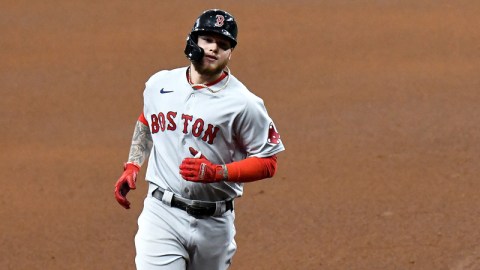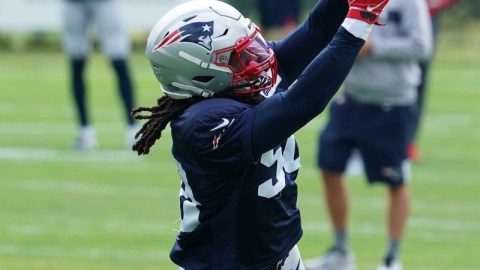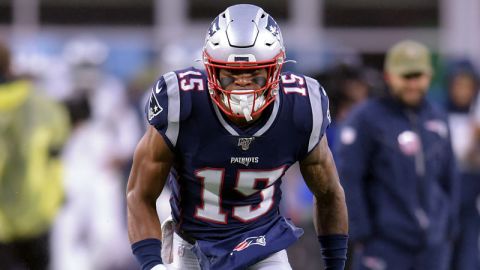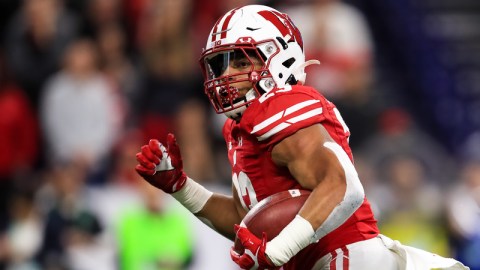If you’ve talked to a Boston Celtics fan for more than five minutes, you’ve probably heard some version of this argument:
The Celtics are one or two pieces away from being a championship contender. They should sign Gordon Hayward in free agency and flip the No. 1 overall draft pick for Jimmy Butler or Paul George, pairing two All-Stars with star point guard Isaiah Thomas and versatile big man Al Horford. With that group, plus budding star Jaylen Brown and a strong bench, this team could knock off the Cleveland Cavaliers in the Eastern Conference and make a serious run at the Golden State Warriors for the NBA title.
Sounds peachy, right? It’s not a far-fetched plan, either: The Celtics reportedly are a front-runner to sign Hayward and hold a massively valuable trade chip in the No. 1 pick that could net Butler or George if they include another player such as Jae Crowder or Marcus Smart. But just how feasible is this strategy to assemble a “superteam” in Boston?
A closer look reveals some flaws — mostly involving money.
Hayward likely will command a maximum contract of $30.6 million per year. The Celtics should have the salary-cap room to acquire the Utah Jazz forward, but it’d come at a cost — unrestricted free agents Amir Johnson, Jonas Jerebko, Gerald Green and James Young likely would be gone, and restricted free agent Kelly Olynyk could be out the door, too. And even that might not be enough, as the C’s might have to trade either Crowder or Avery Bradley to get closer to the NBA’s projected $102 million salary cap projection for next season.
Of course, fans would be fine parting with role players and maybe could stomach losing Crowder or Bradley to land a talent like Hayward. But the trickier dilemma comes in 2018, when Thomas, Smart and Bradley all will become unrestricted free agents. Thomas expects his next contract to arrive in a Brinks truck (it will), and Bradley might draw close to top dollar after his strong 2016-17 campaign. Smart’s defensive prowess should net him a hefty paycheck, too. Even if the C’s just sign Hayward and use the No. 1 pick to draft Markelle Fultz this summer, there’s no way they’ll be able to pay everyone in 2018.
In short: If Boston opts for the “superteam” route, this core group of players has to go.
That leaves the C’s with a very short window of opportunity to take a run at a title. By 2018, Bradley, Crowder, Smart and even Thomas could be wearing different uniforms, and coach Brad Stevens’ burgeoning group of overachievers would be replaced by max-contract signings and cheap rentals.
One could argue that loading up on elite talent is the only way to win in today’s NBA — just look at the Cavs and Warriors, who each boast (at least) three bona fide All-Stars. Yet that strategy comes with a price. And when you consider the alternative for the Celtics — they also own the Brooklyn Nets’ 2018 first-round pick, meaning they could form the “Big Three” of the future with Fultz, Brown and another lottery pick — the short-term plan looks even riskier. (Not to mention the Cavs and Warriors are showing zero signs of decline, and Boston’s attempt at a superteam still might be no match for LeBron James and Kevin Durant.)
Celtics president of basketball operations Danny Ainge has some serious decisions to make over the next two summers. But if he opts for fireworks, Celtics fans should be ready to say goodbye to the core group of players that carried this team to where it is today.
Thumbnail photo via Steve Mitchell/USA TODAY Sports Images



